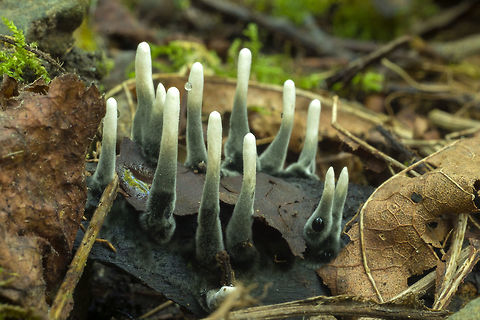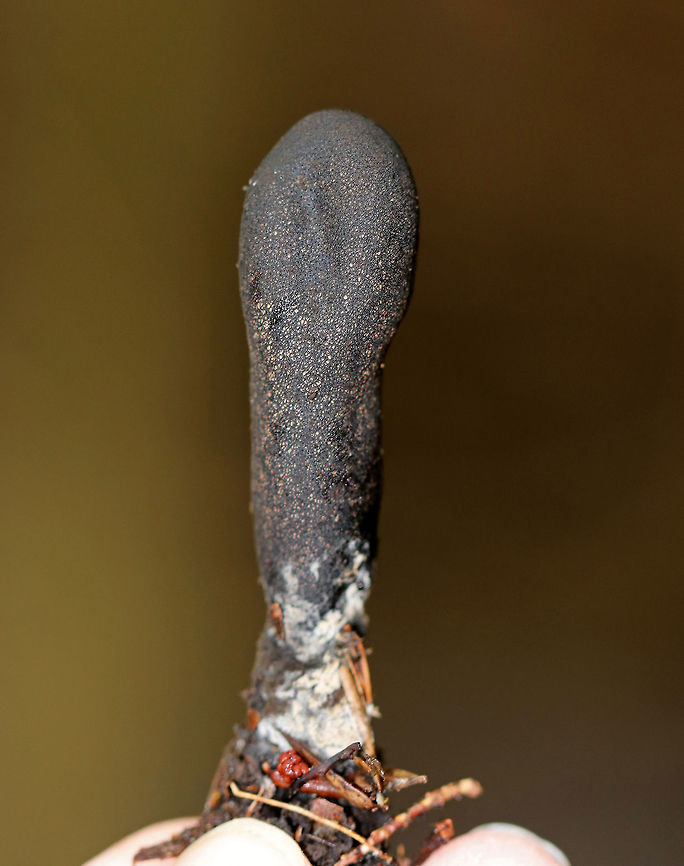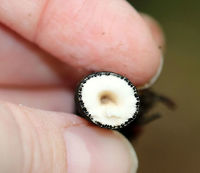
"Xylaria polymorpha", commonly known as dead man's fingers, is a saprobic fungus. It is a common inhabitant of forest and woodland areas, usually growing from the bases of rotting or injured tree stumps and decaying wood.
Similar species: Xylariales
By Christine Young
All rights reserved
Uploaded Feb 7, 2019. Captured Sep 30, 2018 12:30 in 91 Main St, Sharon, CT 06069, USA.


